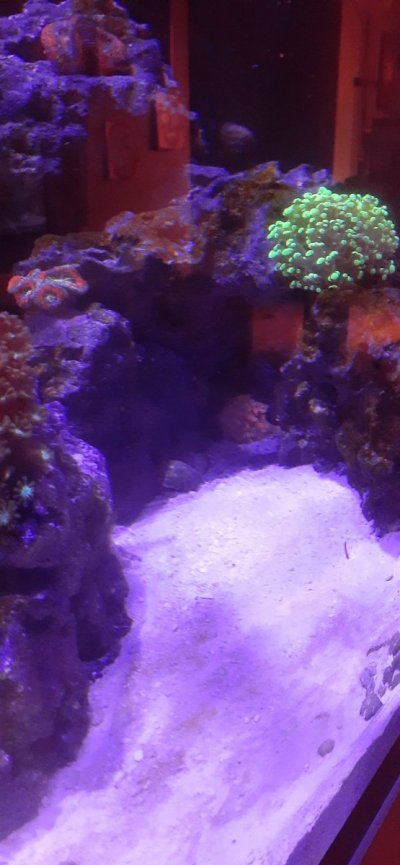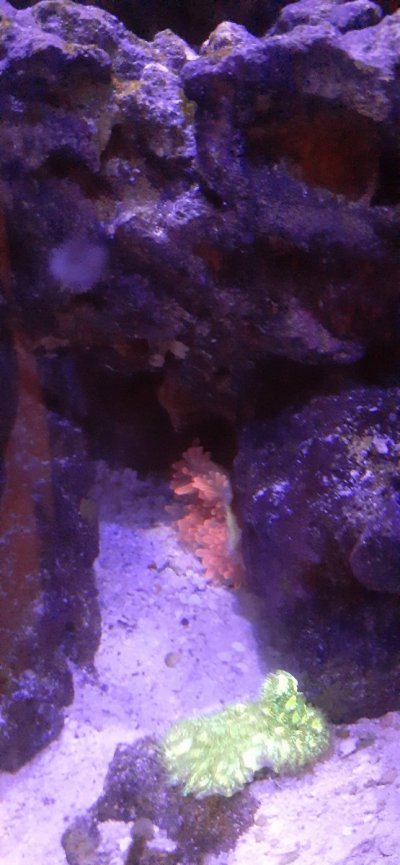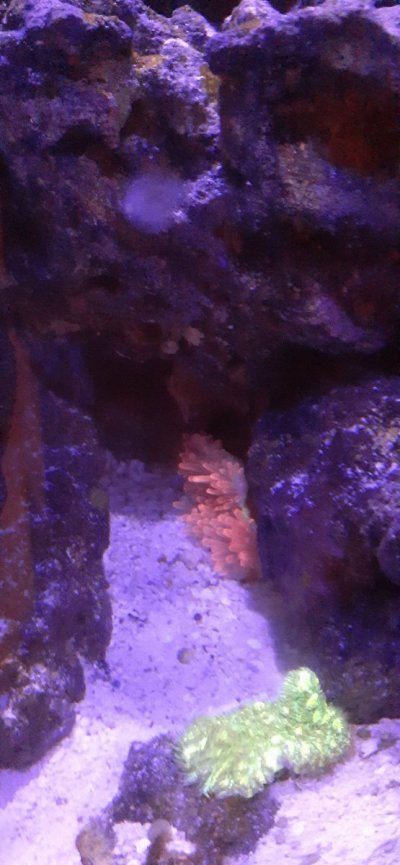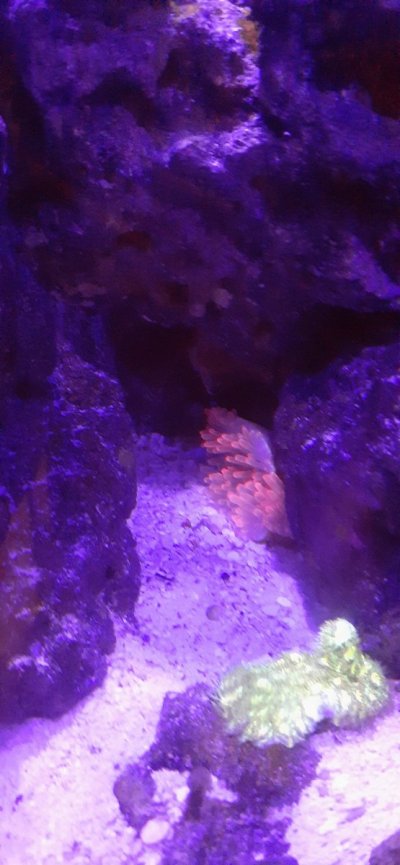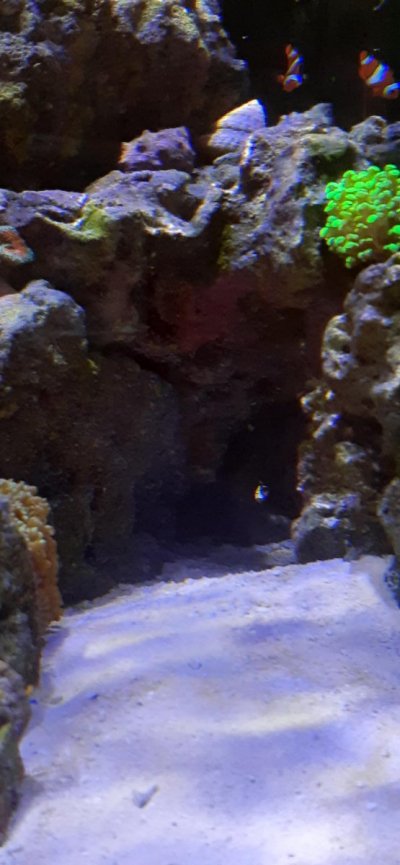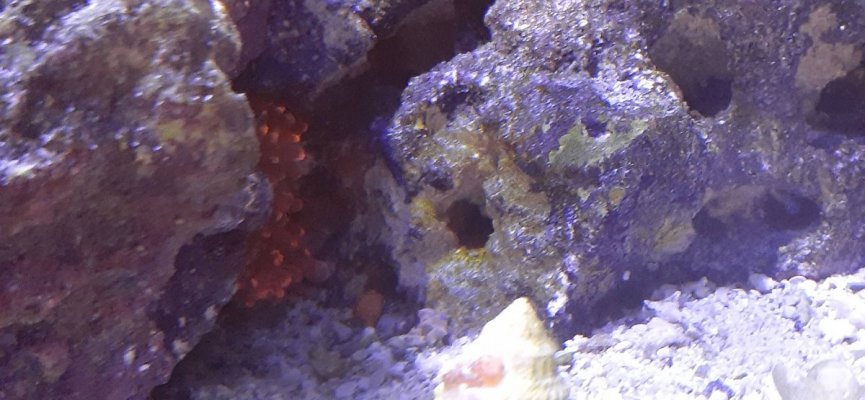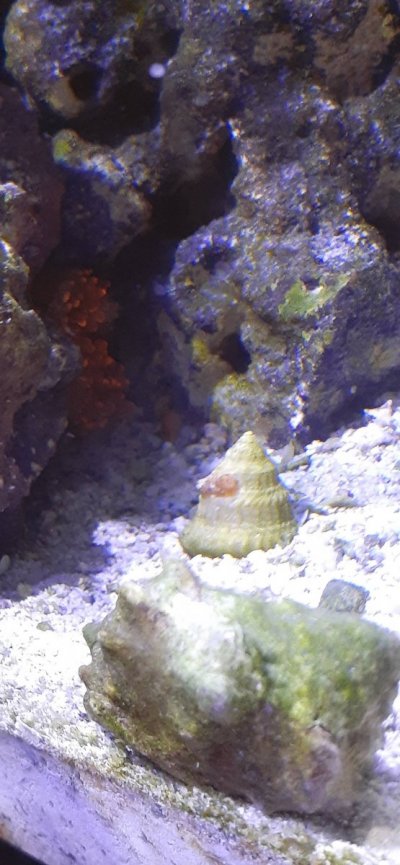It never hurts, it just mirrors cloudy days in nature. If im wrong and it gets acclimated on its own, there is zero negative impact on your tank.
just discovered ive been using the quote button wrong this whole time.. i been trying to quote replies.... noob alert haha




